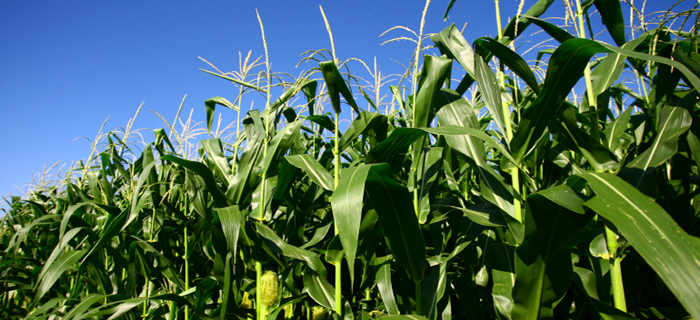While to a certain extent, successful farming depends on good luck, especially in our circumstances where we almost entirely depend on rain, there are some considerations that a farmer has to take into account to maximize their chances of success.
When to plant, where to plant, how to plant and which seeds to plant are among the many considerations the farmer must have in their mind to increase their chances of gainful farming.
The field where they sow the seeds should be free of weeds and the soil should be fertile – or improved with the use of manure – and it should be able to retain enough water when it rains.
The next consideration is the quality of seeds to be planted.
It is good to be sure that the seeds are from a reliable source, such as a registered farmers’ shop known to provide quality goods. We live in times of rampant crop diseases and harsh climatic conditions that require the use of good quality seeds.
When to plant the seeds, is another issue the farmer must give due attention to. If it is a crop like maize or beans, they should know how long it takes to be harvested. Most people prefer to plant early so as to benefit from the rains just in case the rain season is not long enough.
Another reason for planting early is for the farmer to be among those who will harvest early and therefore be the first to hit the market when most people are eager to enjoy the crop after many months of its being out of season.
Farmers, who harvest a crop before other farmers, nearly always enjoy better prices. Early planting, however, has its disadvantages. In some cases, the rain season may take longer than was expected, resulting in drying and storage problems.
Some crops such as maize and millet may reach maturity as rain continues to fall nearly every day with the result that the farmer will experience difficulties drying the harvested crop and guarding it against spoilage. This may not be a big worry though, for farmers who sell their crops such as maize when it is still fresh or who grow it merely for making silage.
How to plant the seeds is yet another issue for consideration. If you plant them too deep in the soil, there is a possibility that some of them will not emerge out of the ground.
Agriculturists say that the seed thrives on its own food resources as it germinates and if the distance to the surface is too long, the food gets exhausted and the seed dies before its shoot comes out of the soil.
Some deeply planted seeds may take longer to emerge than those planted in the right depth, resulting in luck of uniformity as some plants will be taller than others.
Agricultural extension providers will normally provide some useful guidance on the right depth to plant a given crop seed.
For ordinary crops such as beans and maize, an average depth of three centimeters is recommended, all other things being equal. If, however, no plants are seen after the expected time after sowing, a farmer should dig up the ground to check what really happened to rule out the possibility of some wild birds or rodents extracting the seeds and eating them.
Prosy Mutumba, Masaka District Agriculture Officer, attributes most seed failure to the use of expired seeds or untreated seeds. “Some people sow the seeds long before the rains and due to the scorching sun and lack of enough moisture in the soil the seeds get damaged and fail to germinate,” she said. “Another common cause of seed failure is that some people bury the seed in the same place with fertilizer, which often damages them.”
Spacing of the crop is also very important especially when planting is done in rows ensuring recommended plant population per unit area.
It makes it easier for the farmer to estimate possible yields and allows the crop enough space for proper growth and maximum production.
For fear that some seeds might not germinate; some farmers sow several seeds in one hole at a go, hoping to carry out later what is known as thinning to prevent overcrowding and undue competition. The practice wastes seeds and can be avoided by the use of good quality seeds and observing correct planting methods.
A farmer may also consider intercropping, which is the practice of planting more than one crop in the field. Some crops like groundnuts may be intercropped with maize.
Among the many advantages of this practice is that should one of the crops fail the other one may not.
Source: The Ministry of Agriculture, Animal Industry and Fisheries





Hi
i am still kindly asking for info regarding what one should do to increase production of maize per acreage!
thanks
Godfrey
The explanation regarding maize production was not sufficient and adequate to make the reader to understand what should be done in order to get high yields of maize.
am a farmer who intends to upgrade from this peasantry level to a commercial farmer. I intend to procure a tractor (at least a second hand) so that i can produce highly especially maize.
So how can I produce 4000kgs per acre in a given season? coz this is what i hear that some farmers have started doing exactly that.
It is also very good if you can have us a story regarding power weeders/Tillers commonly referred to as walk-behind tractors for plowing and weeding of maize.
I will be grateful if i get a response from you!
Thank you!
Godfrey Wasikye
Makerere University.
Thanks for writing to us. We’ll do the story about the tractors. I hope you read the story about how a farmer can get 3000kgs from an acre of maize. Isn’t it elaborate?